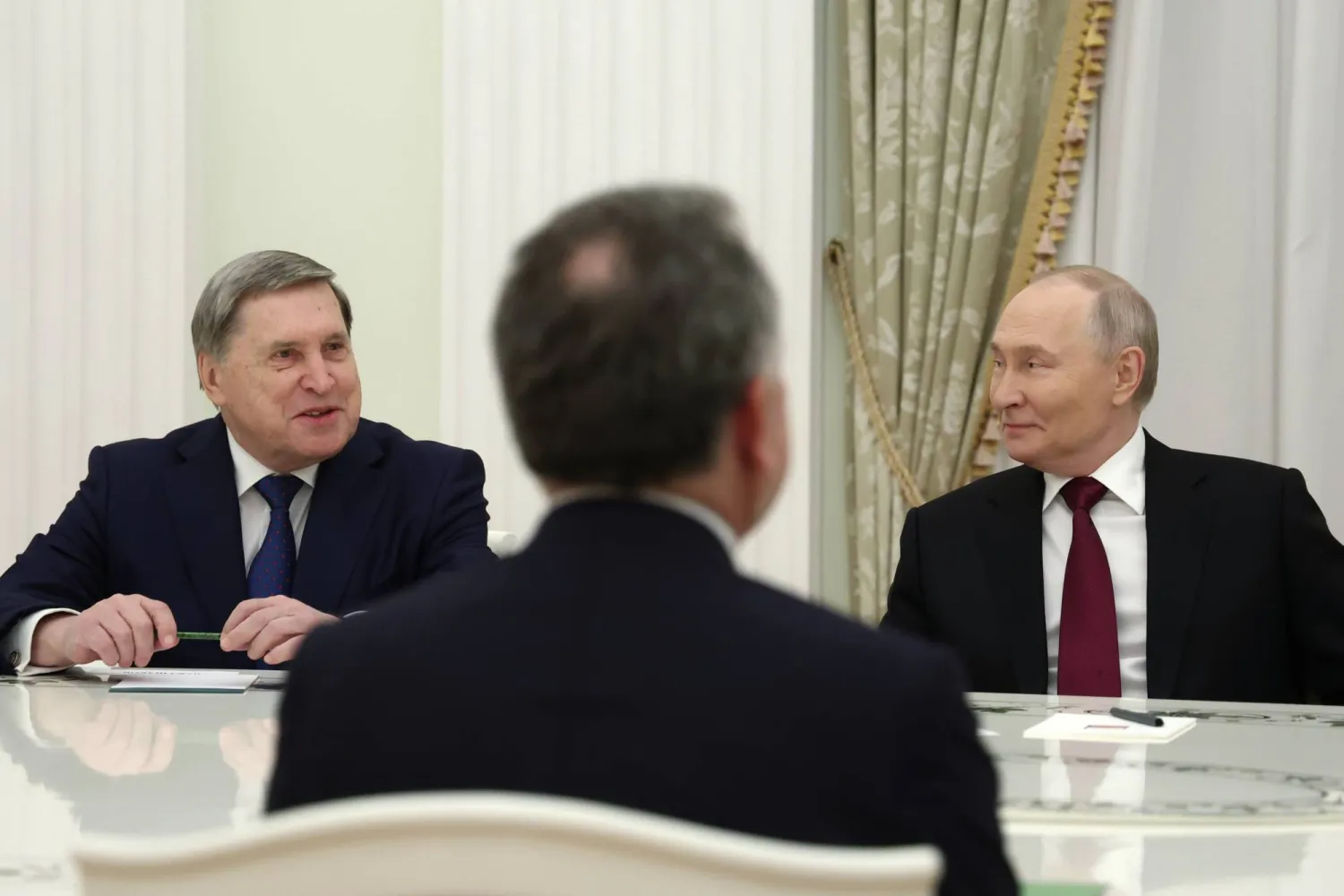The Iranian Navy and the Revolutionary Guards Corp's Navy have received the "Abu Mahdi" cruise missile three years after its unveiling.
The 1000 km-range cruise missile is sanctioned for its capacity to disable enemy aircraft carriers.
In 2020, the head of the Iraqi Popular Mobilization Forces (PMF), Abu Mahdi al-Muhandis, died during a US drone attack in Baghdad, along with IRGC's al-Quds Force commander Qassem Soleimani. The assassination pushed Iran and the US to the brink of war, during which Tehran used ballistic missiles for the first time in an attack on a US military base.
In August 2020, Iran announced naming two new missiles: A 1,400 km range ballistic missile named Soleimani and a sea cruise missile Abu Mahdi.
The Iranian Defense Ministry held an official ceremony, in the presence of the top officials of the naval forces and the IRGC, to hand over dozens of the missiles.
Iranian Defense Minister Brigadier General Mohammad Reza Ashtiansi said the missile enjoys pinpoint accuracy and very high destruction power, can cross geographical barriers and cruise at low altitudes, is radar-evading and can counter the enemy's electronic warfare, and employs artificial intelligence in its flight path design software.
- Warning to aircraft carriers
Commander of the IRGC Navy Rear Admiral Alireza Tangsiri explained that one of the main features of the new missile is keeping the enemy away from the Iranian coasts and rendering its aircraft carriers useless.
He explained that if an Iranian military vessel sails 1,000 kilometers offshore and launches an Abu Mahdi missile, the enemy's aircraft carrier must retreat at least 1,000 kilometers further away to evade the long-range naval cruise missile.
"This means that the fighter jets on board that aircraft carrier will be rendered useless," he said.
For his part, Iranian Army Navy Admiral Hamzeh Ali Kaviani declared that adding this missile to the army's naval forces complements their deterrence and defense force.
Kaviani indicated the navy could install these missiles on ships to protect Iran's interests.
Iran possesses the largest and most diverse missile arsenal in the Middle East, including cruise missiles for ground attacks and other cruise missiles to attack ships, which can be launched from land, sea, or air.
- Media campaign
The state media launched a promotional campaign for the latest productions of the Iranian Ministry of Defense.
IRGC-affiliated Tasnim agency said it is "the first long-range naval cruise missile whose trajectory definition and command-and-control systems have been equipped with artificial intelligence.
The agency also indicated that the missile could streak at low altitudes for radar-evading maneuvers and alter its course and height in midair. It also has a powerful warhead capable of detonating various warships, frigates, and destroyers by hitting the target from different directions.
ISNA described it as a "sharp eye over the Gulf" and could be launched from ships, frigates, destroyers, and platforms, and it can update the guidance and navigation system during the flight until it reaches the final target.
It reported that the missile is capable of equipping and launching large numbers in the shortest possible time and through various paths.
- Navigation threat
Iran's activities on the high seas, especially in the Gulf region and the Strait of Hormuz, raise international concerns about securing maritime navigation.
The US announced last week that it would send additional F-35 and F-16 fighters and a warship to the Middle East to monitor vital waterways in the region, following Iran's detention and harassment of commercial cargo ships in the past months.
The Iranian move comes amid anticipation regarding the US position on the approaching date of lifting restrictions on Iran's ballistic missile program on October 18.
Last week, the US Senate Foreign Affairs Committee proposed imposing sanctions on Iran's ballistic missile and drone program to pressure President Joe Biden's administration.
Weeks earlier, diplomatic sources told Reuters that Iran had received a warning from Britain, France, and Germany that they plan to continue implementing restrictions on the missile program, contrary to the nuclear agreement, in which Iran violates most of its fundamental limits in response to the US sanctions that brought it back.
An Iranian official told Reuters that the EU diplomat, Enrique Mora, coordinating talks on reviving the nuclear deal, discussed the EU sanctions when he met Tehran's chief negotiator, Ali Bagheri Kani, in Doha on June 21.
A European official told reporters in Washington last week that he did not expect it would be challenging to convince EU countries to maintain the ballistic missile sanctions on Iran, due in October.
Tehran waved a severe response to any European move to maintain ballistic missile sanctions.
Since the declaration of the nuclear agreement, Iran tested ballistic missiles with a range of 1,000 to 2,000 kilometers, in a move that Western powers deemed inconsistent with Resolution 2231.
In February 2019, Iran unveiled the development of the Hoveyzeh cruise missile with a range of 1,300 km. Western military experts previously said this model could be developed to carry nuclear heads, with a range between 2,000 to 3,000 kilometers.
Resolution 2231 restrictions imposed are limited to ballistic missiles and do not include the development of surface-to-surface cruise missiles, which are also capable of carrying nuclear warheads.
Western military analysts warn that Iran will seek to export cruise missiles if it becomes involved in the arms sale market.









